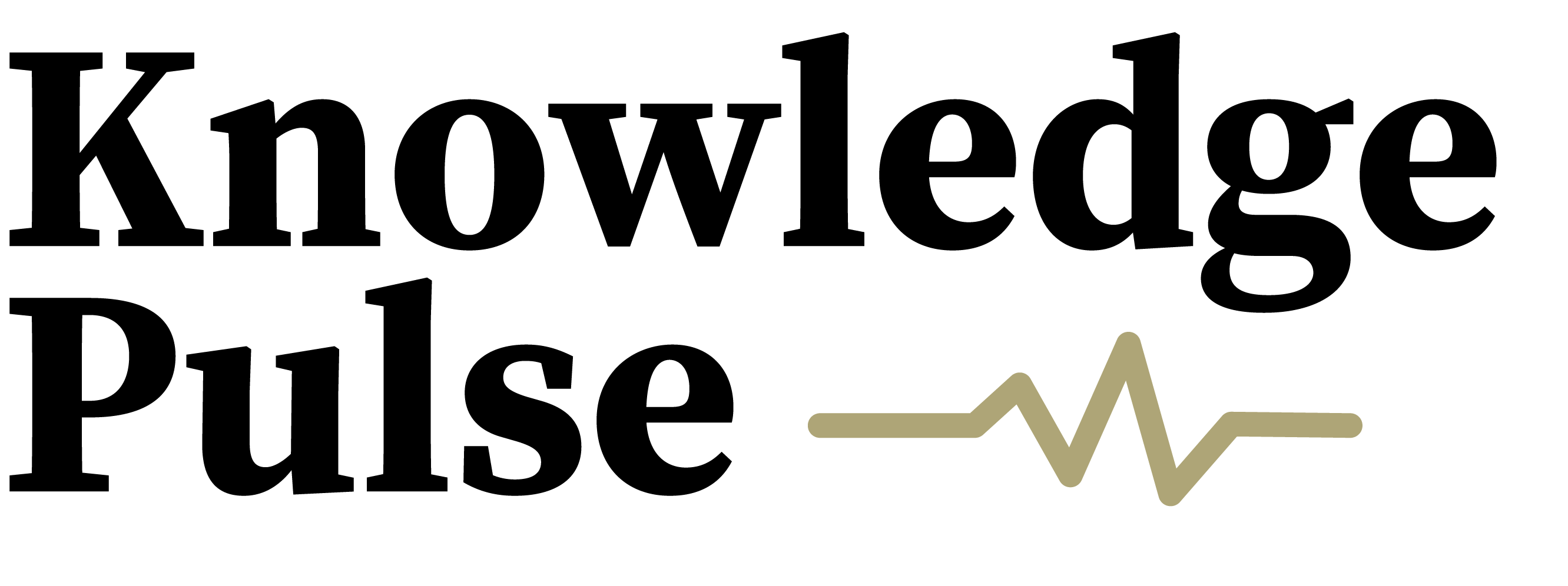Understanding the Causes of Back Pain
Back pain can stem from a variety of causes, making it important to understand the underlying issue before seeking treatment. Some common reasons include muscle strain, poor posture, herniated discs, and medical conditions like arthritis. Lifestyle factors such as sedentary habits, obesity, and stress also contribute significantly. By identifying the root cause, individuals can pursue more targeted back pain treatments. It’s essential to consult a healthcare professional for an accurate diagnosis to avoid worsening the condition and to develop an effective management plan tailored to individual needs.
Non-Surgical Treatments for Back Pain
Many cases of back pain can be managed effectively without resorting to surgery. Non-invasive options often focus on relieving symptoms and preventing recurrence. Some widely recommended non-surgical treatments include:
- Physical therapy exercises to strengthen core muscles
- Chiropractic adjustments for spinal alignment
- Acupuncture to relieve tension and improve blood flow
- Massage therapy to reduce muscle stiffness and pain
- Use of heat and cold therapy for immediate relief
These treatments can be customized based on the severity and type of back pain experienced. A combination of therapies often yields better results than relying on a single method. Lifestyle modifications, such as ergonomic adjustments at work and regular low-impact exercise like swimming or walking, also play a crucial role in long-term back health.
Medications and Pain Management Techniques
When non-invasive methods are not sufficient, medications may be introduced as part of back pain treatments. Over-the-counter pain relievers like acetaminophen or nonsteroidal anti-inflammatory drugs (NSAIDs) are commonly used. In some cases, doctors may prescribe:
- Muscle relaxants for muscle spasms
- Topical analgesics for localized pain relief
- Corticosteroid injections to reduce severe inflammation
It is important to use medications responsibly, under the supervision of a healthcare provider, to avoid potential side effects or dependency. In addition to pharmaceuticals, alternative pain management techniques such as transcutaneous electrical nerve stimulation (TENS) and mindfulness-based stress reduction (MBSR) have shown promise in alleviating chronic back pain symptoms without the need for strong medications.
When Surgery Becomes an Option
Surgery is generally considered a last resort for back pain treatments and is typically recommended only when conservative methods fail to provide relief. Surgical procedures may be necessary for conditions like severe herniated discs, spinal stenosis, or significant structural deformities. Common surgical options include:
- Discectomy to remove part of a herniated disc
- Laminectomy to relieve pressure on spinal nerves
- Spinal fusion to stabilize the spine
Each surgical option comes with its own risks and benefits, and recovery times can vary. Therefore, thorough discussions with a medical specialist are crucial before making a decision. Advances in minimally invasive surgery techniques have improved outcomes and reduced recovery periods for many patients.
Preventing Future Back Pain
Prevention plays a vital role in maintaining back health and minimizing the risk of recurrent issues. Some effective strategies for preventing back pain include:
- Maintaining a healthy weight to reduce strain on the spine
- Practicing good posture while sitting, standing, and lifting
- Incorporating regular stretching and strengthening exercises
- Using ergonomic furniture and supportive footwear
- Managing stress through relaxation techniques and adequate sleep
Educating oneself about proper body mechanics and making small, consistent lifestyle changes can significantly decrease the likelihood of developing chronic back problems. Early intervention at the first sign of discomfort can also prevent minor issues from escalating into serious conditions.
Conclusion: Taking a Proactive Approach to Back Pain
Managing back pain effectively requires a comprehensive approach that combines understanding the causes, utilizing non-surgical and medical treatments, considering surgical options when necessary, and focusing on prevention strategies. By staying informed and proactive, individuals can improve their quality of life, reduce pain, and maintain a healthier back for years to come. Consulting with healthcare professionals and exploring a variety of treatment options ensures that back pain management is both effective and sustainable.








